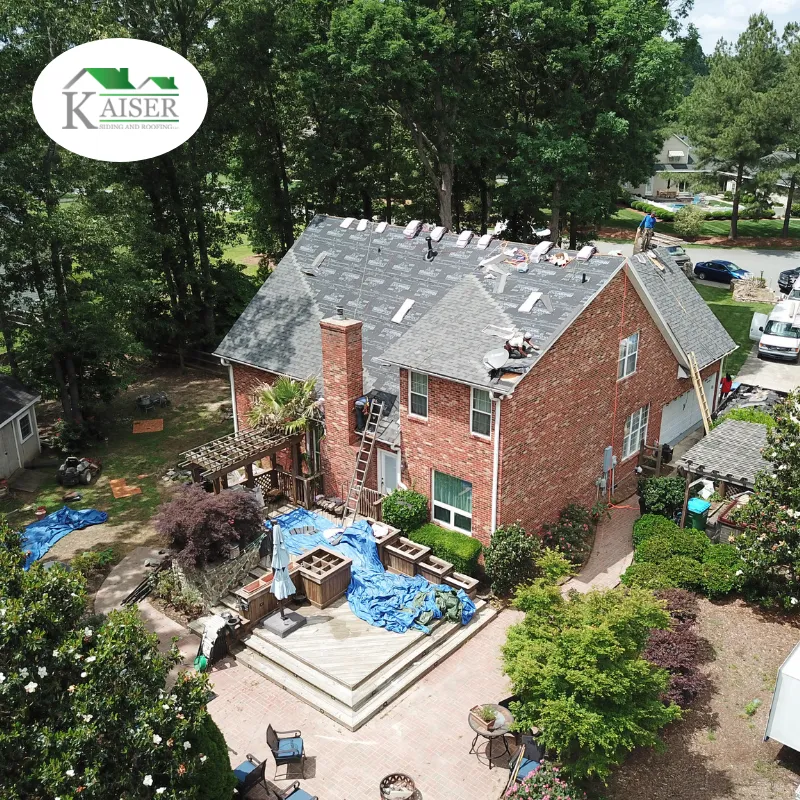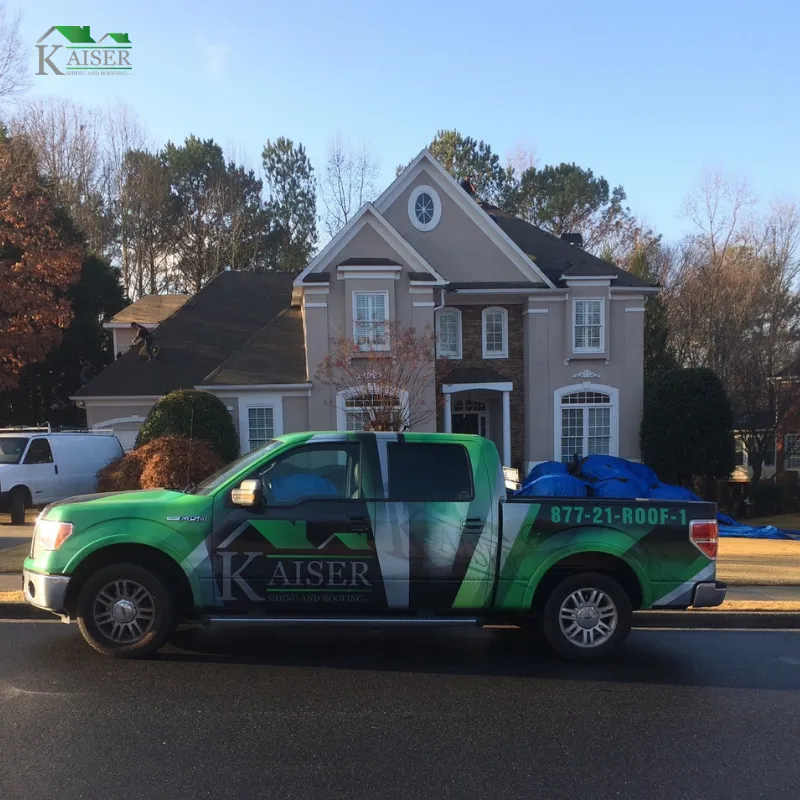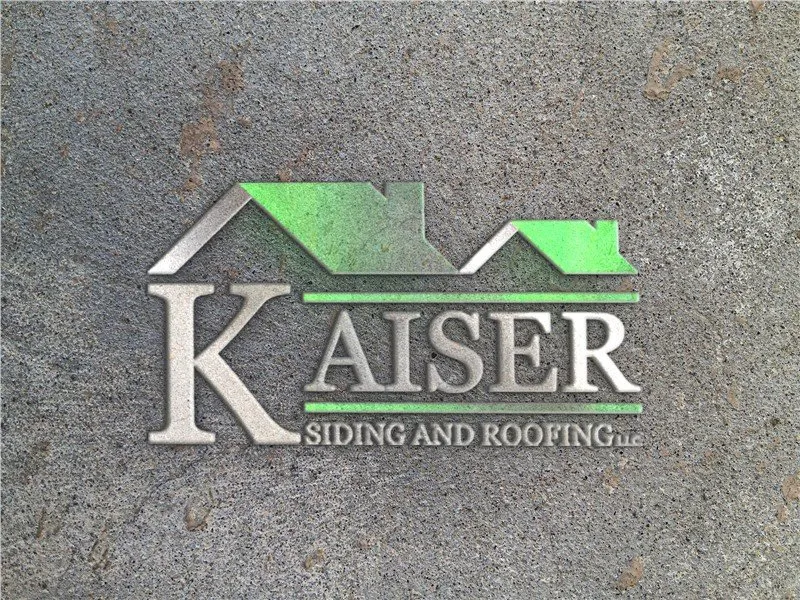ROOFING TRENDS: RESTORING IS THE NEW REPLACING
When exactly will my roof need to be replaced?
Most of us are geared to look for cost-effective ways of delaying expensive, disruptive roof replacements until absolutely necessary. Technology improvements and product development in the roofing industry can now support this forward way of thinking.
Three keys to maximizing a roof’s lifespan:
- Adopt proactive maintenance practices
- Perform consistent semi-annual inspections
- Intervene in a timely manner with professional repairs and restorations.
FIRST QUESTION TO ASK: CAN IT BE REPAIRED?
Naturally, every roof will encounter a leak at some point. The more timely in which you deal with any issues, the better off you will be long term.
No matter the size of the leaks, they need to be resolved quickly to avoid them growing into bigger problems.
A good way to look at this, would be how you might handle issues with your car. If your car starts making a strange noise, would you decide to sell it and replace it with a new one? Probably not. Most likely you would have a professional take a look at it and try to determine the issues and the best way to resolve it most cost effectively.
The same holds true for your roof.
When you see some issues, the first course of action should be to contact a trusted roofing contractor and explain the problem(s) you’re having. From there, it is important to determine a cost-effective, yet durable solution. Typically, repairs are the lowest cost option and quickest way to resolve a problem.
WHERE IS THE ROOF LEAK COMING FROM?
Water penetration from a roof leak lets you know there is are defective waterproofing properties of your roof. Our 30+ years of experience tell us the leak is probably coming from one of these places:
- Penetrations: Penetrations (holes are cut to accommodate HVAC components, vent pipes, drains, skylights, roof hatches, antennas, etc.) are usually the weakest points of the roof. It is imperative that they are properly sealed and maintained.
- Seams: Seams are located where sheets of roofing material come together. Fasteners, or even the seams themselves, can pull apart over time due to normal wear-n-tear or harsh weather conditions, allowing water to enter the building.
- Ponding Water: Ponding water can deteriorate a roof prematurely (when water has collected on a roof from rain and has not drained within a couple of days afterwards. If water does not drain after 48 hours on a roof’s surface, it can be a sign of issues with a roof drainage system.
Kaiser Siding and Roofing qualified roofing technicians are extensively trained to repair almost any type of roof system. And we’re dedicated to fixing leaks right the first time and to providing the easiest, most cost-effective solution for our customers. We offer free inspections to see what’s the best solution.
Stay tuned for more about Re-Roofing and other Restoration Options on our Next Blog Post!
Would you like to know more about Kaiser Siding & Roofing’s commitment to homeowners and the community? Give us a call today to find out why we use the motto quality counts in every aspect of our roofing and local siding company! You can also use our simple online form now to request a free, no-obligation estimate for your roofing and siding renovations.





